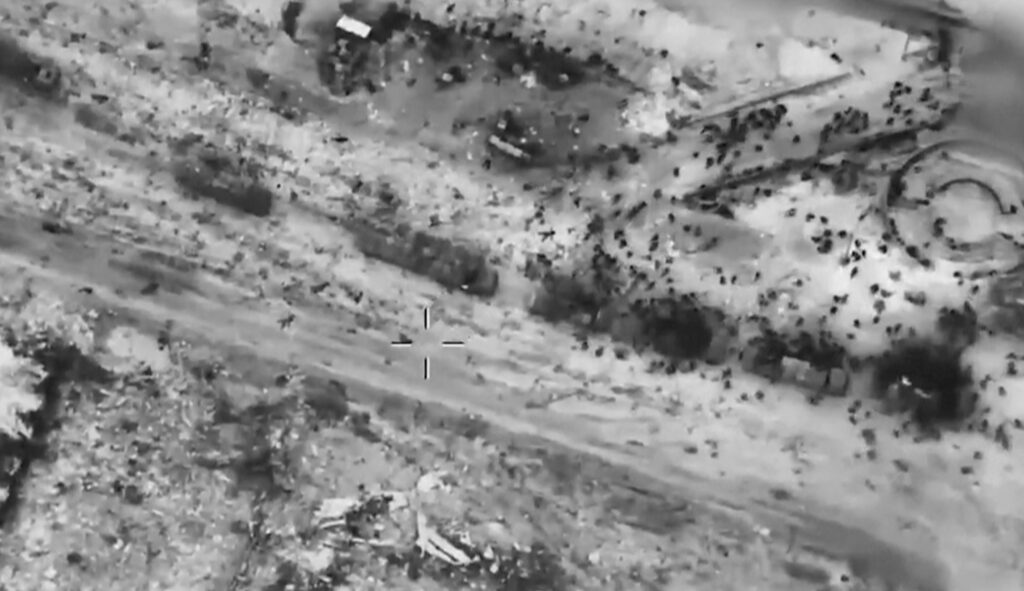
President Joe Biden approved plans for multiple airdrops of aid into Gaza on Friday, following weeks, if not months, of comments from U.S. officials about the need for more humanitarian aid.
The first U.S. airdrop will happen in the “coming days,” according to National Security Council spokesman John Kirby, who noted, “It will be part of a larger longer sustained effort to increase the flow of humanitarian assistance.”
The first deliveries will likely include meals-ready-to-eat, portable food that is commonly used by the military.
“First of all, the biggest risk is making sure that nobody gets hurt on the ground. And so you got to locate out areas to drop that you know will be safe for people so that they don’t become victims of the drop itself,” Kirby explained. “Then you want to make sure that it’s in a location that is also accessible to aid organizations to help distribute that food so that you want, you want to see as best you can, and it may not be possible in Gaza, but as best you can a presence on the ground to help with the distribution.”
The United States has considered airdrops “for a little while,” Kirby said, adding, “Certainly the need is much more acute here in recent weeks.” The Israelis are “supportive of our efforts,” he said.
The president’s announcement came a day after scores of Palestinians were killed as they swarmed a convoy of aid in northern Gaza. There are disputed accounts of what happened, with Gaza health authorities saying Israeli soldiers fired on the Palestinians and Israeli officials saying people were trampled. International leaders have called for an investigation, and officials said the incident demonstrates the significant need for humanitarian aid — and more than the amount being provided.

“Innocent people got caught in a terrible war, unable to feed their families, and you saw the response when they tried to get aid,” Biden said inside the Oval Office on Friday, later accidentally mentioning Ukraine instead of Gaza.
“But we need to do more, and the United States will do more, and in the coming days, we are going to join with our friends from Jordan and others to provide airdrops of supplies into Ukraine and seek to open up other avenues into Ukraine,” he said.
International aid organizations have warned of the dire humanitarian conditions throughout the Gaza Strip.
The Hamas-controlled Gaza health ministry now reports that more than 30,000 people have been killed during the war, though that total does not differentiate between civilians and combatants.
CLICK HERE TO READ MORE FROM THE WASHINGTON EXAMINER
Hamas intentionally hides within and underneath the civilian populations of Gaza, forcing Israeli troops to either risk the lives of the civilians or not go after them. Hamas has traveled within the civilian communities that moved south at the instruction of the Israeli military over the course of the war. More than a million people are now sheltering in Rafah, the southern Gaza city along the Gaza-Egypt border, which is where Israel says it needs to conduct operations to complete their war objectives.
The U.S. is one of a handful of countries involved in efforts to get Israel and Hamas to agree to another temporary ceasefire, though there are still hurdles they need to overcome for a new agreement. The U.S. is advocating a deal that includes a six-week ceasefire that would include the release of the remaining Israeli hostages, who have been held hostage since Oct. 7, and the surge of humanitarian aid into the strip.







